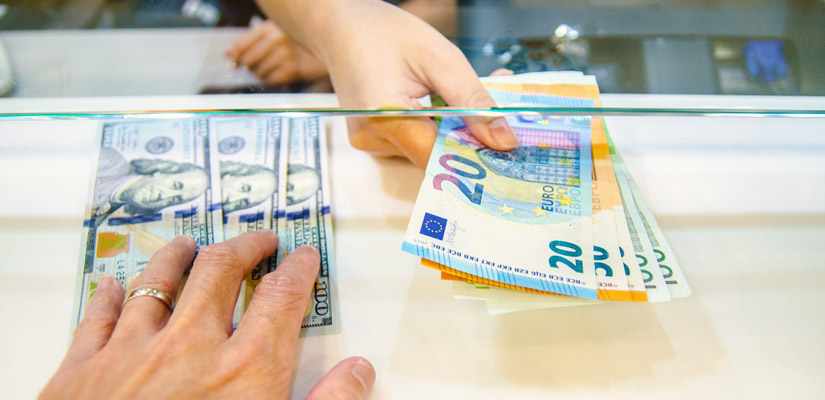
Learning About Foreign Currency Exchange
Currency is a normally accepted form of currency payment, normally issued by an issuing government and circulated within its sovereign jurisdiction. It is traded as part of the Forex market, but unlike shares, it cannot be physically owned. A currency’s value changes constantly in relation to all other currencies. As a result, it is traded as an derivative.
Derivatives are not loans; they are simply securities or rights that enable one currency to represent another currency. In Forex trading, currency can be traded as a commodity (i.e. foreign currency), an asset (i.e. stock), a security, or a commodity (like gold).
The buying and selling of currency takes place through a Forex exchange rate. The exchange rate is the rate at which two or more currencies can be bought or sold in the Forex market. The Foreign Exchange Market, or Forex for short, is the biggest trading market in the world, trading over three trillion dollars each day. When determining the value of one currency against another, the exchange rate is considered.
Most countries issue their currency digitally. Digital currencies are usually issued in bunches of hundreds, like the U.S. dollar. A new currency is usually issued when a country first begins trading. The number of digital currencies issued is usually controlled by the governments of the issuing nation. In the case of a fiat currency, like the U.S. dollar, the government decides how many there should be, and they usually issue an additional currency to back up the old one.
Official currency of Switzerland is the Swiss franc. In addition to the Swiss franc, many other countries also issue their own currency, which are usually recognized as their official currency. Some examples of these include the Australian dollar, Canadian dollar, British pound, and the Japanese yen.
A number of international money transfer services also transfer funds between various countries. Money transfers between the United States and the United Kingdom typically use U.S. dollar and British pound exchanges. Money transfers between other countries use different currencies and are valued using their own supply and demand. The foreign exchange market keeps track of all of these currencies and their supply and demand and changes on a daily basis.
Other factors that play into currency manipulation are agricultural exports, and cross border flows between countries. Agricultural exports are normally priced in U.S. dollars based on the relative value of the currencies of the countries of origin. Cross border flows occur when a country exports goods in one currency and imports goods from another country. Examples of these include the U.S. selling dairy products to Canada and vice versa, or the U.S. selling petroleum to Japan.
Another factor that can affect the exchange rate of a currency is the intervention strategy of the central bank. When the central bank of a country alters the supply of its currency, this can have a profound effect on the values of other currencies. For example, the change in the quantity of the Swiss franc and the British pound has had a profound impact on the value of the Swiss franc. Similarly, a change in the quantity of the Japanese yen and the Euro has had a profound impact on the currencies of many countries around the world.